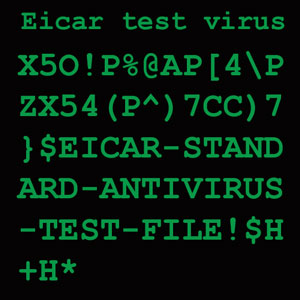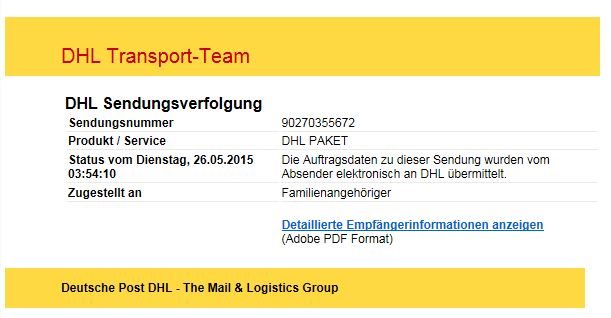 What is a malware?
What is a malware?
Pretty much every computer user has heard about viruses at some point. Typical computer viruses are mostly gone, but they have been replaced by malicious software – or malware in short. Malware is a broad term, used to describe any software designed to disrupt normal operations, gain control or steal sensitive data from the infected computer. Malware can hide itself using various advanced techniques, and an antivirus software might recognise the threat only at a later, destructive stage. A category of malware which could be very damaging for users is called ransomware and it is very active right now.
Ransomware is a type of malware which highjacks the computer system that it infects and restricts access to it. Then, it demands a ransom (hence the name) to be paid to the creator(s) of the malware by the user in order for the restriction to be removed. Some types of ransomware block files on the system’s hard drive from being accessed. Others may simply lock the system entirely and display messages intended to coax the user into paying. Typical ransomware is usually based on CryptoLocker code that encrypts files found on a hard drive (more information here).
This is how you avoid it
The best kind of protection is avoidance. “It’s easier to avoid sickness then it is to cure it”.
- Be smart about what you download. Don’t download any files which you didn’t request.
- Beware of websites which ask you to update your software.
- The primary sources of malware are email attachments. If you receive email attachments which you did not request, don’t download them! Some ransomware emails can be disguised to look as if they were from a reputable source. Ensure the email is legitimate.
- Don’t install software from untrusted sources.
- If you are affected by ransomware, don’t pay the ransom! Even if the money is paid, there is no guarantee that the criminals will restore access to your computer.
- Keep your files backed up somewhere externally (like on a USB drive). Every IT expert in the world will tell you to keep your files backed up. There’s a reason for that!
Malware example
A typical email message which tries to trick you into downloading a malware might look like this:

This particular sample which we have received was in German. We didn’t order anything at that particular time. Anyway, pretty much none of the emails send by courier services use PDF or DOC attachments. They contain only links and tracking numbers. You should also check if the link points to a valid domain. Be critical and check all the data before opening attachments from unknown, unverified senders. Very often the sender email is the easiest way to spot a fake. Spammers can fake the senders’ display name, but it’s less likely they’ll also spoof real sender email.
How AdminProject can help with malware dangers?
Files on the AdminProject servers can only be uploaded by authorised users using a SSL level encryption. This means that malicious attackers can’t upload malware to our storage area.
Keeping project files only on your personal computer is a bad idea. Your personal computer might be affected by malware. Because AdminProject’s architecture is not subject to a malware infection, it’s a great idea to keep a backup of your project files within our service. Apart from a backup, your files are then easily accessible from any device with an Internet connection.
